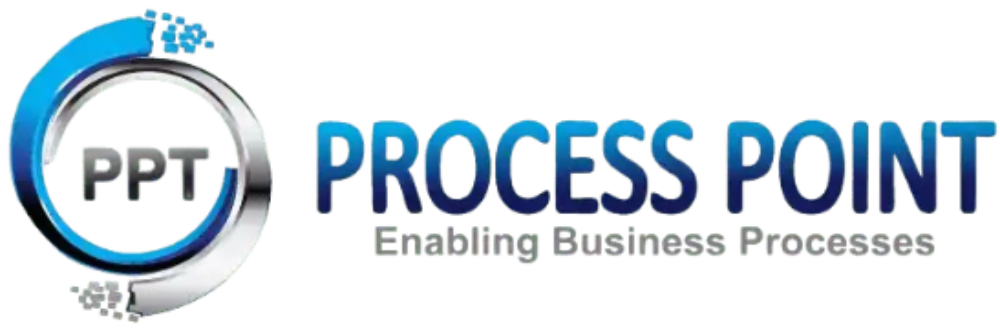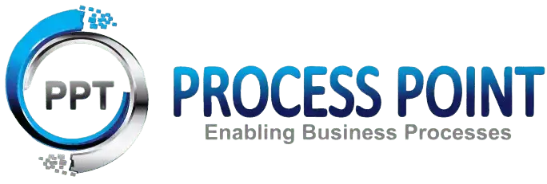How ERP Helps in Multi-Location or Multi-Entity Business Management
- Published on : July 25, 2025
Introduction
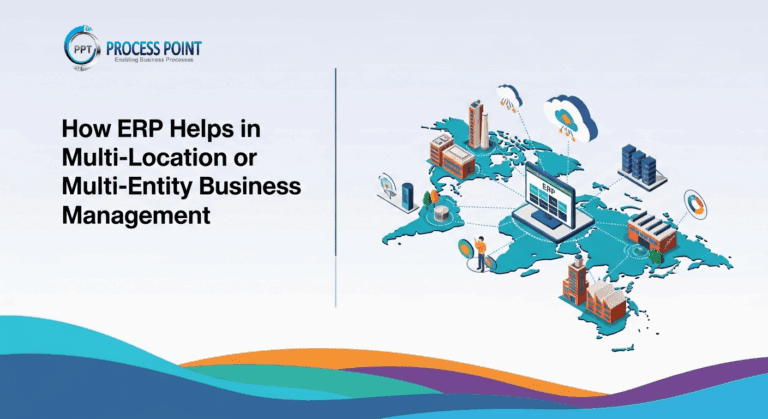
As organizations scale—whether through geographic expansion, mergers, or launching subsidiaries—they face an exponential increase in operational complexity. Managing diverse teams, locations, legal requirements, currencies, and supply chains without a unified system often results in duplicated efforts, delayed decisions, and missed opportunities.
This is where Enterprise Resource Planning (ERP) systems prove invaluable. A robust ERP not only helps centralize control but also ensures localized compliance and operational autonomy. Let’s explore how ERP for multi-entity management empowers multi-location and multi-entity businesses to stay agile, compliant, and efficient.
1. Centralized Data with Decentralized Access
One of the greatest advantages of ERP is its ability to act as a single source of truth. Regardless of how many offices, warehouses, or entities your business operates, everyone works off of the same data—ensuring consistency across the board.
- Centralized: Finance, HR, inventory, sales, and procurement data are consolidated into a unified system.
- Localized: Permissions and views can be customized by role, region, or entity.
This balance prevents data silos while respecting local operational needs.
2. Multi-Currency and Multi-Language Capabilities
When operations span across borders, ERP systems like Oracle Cloud ERP, SAP S/4HANA, or Microsoft Dynamics 365 offer:
- Multi-currency support for real-time conversion and consolidated reporting
- Multi-language interfaces for diverse workforce adoption
- Localization compliance packs for region-specific financial regulations and tax codes
These features help streamline business processes without needing separate tools for each country.
3. Automated Financial Consolidation and Intercompany Accounting
Manually consolidating financial data from different business units can be time-consuming and error-prone. ERP systems offer:
- Automated intercompany eliminations
- Consolidated financial reporting across entities
- Real-time performance dashboards for both local managers and corporate leadership
This reduces month-end close times and enhances transparency across the organization.
4. Unified Supply Chain and Inventory Management
For businesses with distributed warehouses, manufacturing sites, or sales offices, ERP offers:
- End-to-end visibility of inventory across all locations
- Optimized procurement by leveraging global vendor relationships
- Real-time stock transfers, order routing, and warehouse coordination
With these capabilities, businesses can prevent both overstocking and stockouts, and respond faster to market demands.
5. Improved Compliance and Regulatory Adherence
Operating in different regions means navigating diverse legal frameworks. Modern ERP systems come equipped with:
- Built-in compliance tools (e.g., VAT/GST regulations, audit trails, e-invoicing formats)
- Automated documentation for regulatory filings
- Role-based access controls to manage internal audits
This significantly reduces the burden of remaining compliant and audit-ready at all times.
6. Enhanced Decision-Making with Real-Time Insights
Global businesses can’t afford to wait weeks for reports. ERP systems provide:
- Dashboards and analytics for each business unit and for the organization as a whole
- Predictive analytics to forecast trends and resource needs
- Scenario planning tools for strategic decision-making across locations
With this visibility, organizations can make informed, data-driven decisions—regardless of time zone or geography.
7. Scalability to Support Future Growth
ERP systems are designed for scalability. Whether you’re:
- Adding a new international subsidiary
- Acquiring another company
- Launching a new product line
- Moving to a hybrid work or supply model
Your ERP can onboard new entities without disrupting existing workflows—making it easier to expand and innovate.
8. Streamlined HR and Payroll Across Borders
With integrated ERP-HCM solutions (like Oracle Fusion HCM or SAP SuccessFactors), organizations can:
- Standardize HR policies across entities
- Manage local payroll and benefits according to regional compliance
- Consolidate employee performance and talent data globally
This ensures that your workforce is aligned with corporate goals while meeting local expectations.
Use Case:
Example – A Global Retail Brand
A retail company operates in the US, Germany, and India with separate sales, logistics, and finance teams. Without an ERP:
- Sales and inventory reports were delayed by a week
- Compliance reporting took months
- Employees used different HR tools in each country
After implementing Oracle Cloud ERP:
- Unified reporting and dashboards
- Real-time inventory sync
- Automated VAT and tax calculations
- Centralized HR & payroll management
The company reduced costs, improved compliance, and scaled faster into new markets.
Conclusion:
Managing a multi-location or multi-entity business is complex—but ERP simplifies it. With centralized control, localized flexibility, and real-time insights, ERP systems empower organizations to make smarter decisions, stay compliant, and grow without boundaries.
If your business is expanding—or already managing complexity across multiple sites—it may be time to assess how an ERP solution can turn your operational chaos into strategic clarity.
Related Blogs

July 11, 2025
Top 10 Signs Your Business Needs an ERP System
Is your business outgrowing current tools? Discover 10 signs you need ERP for better operations, data, and scalability.
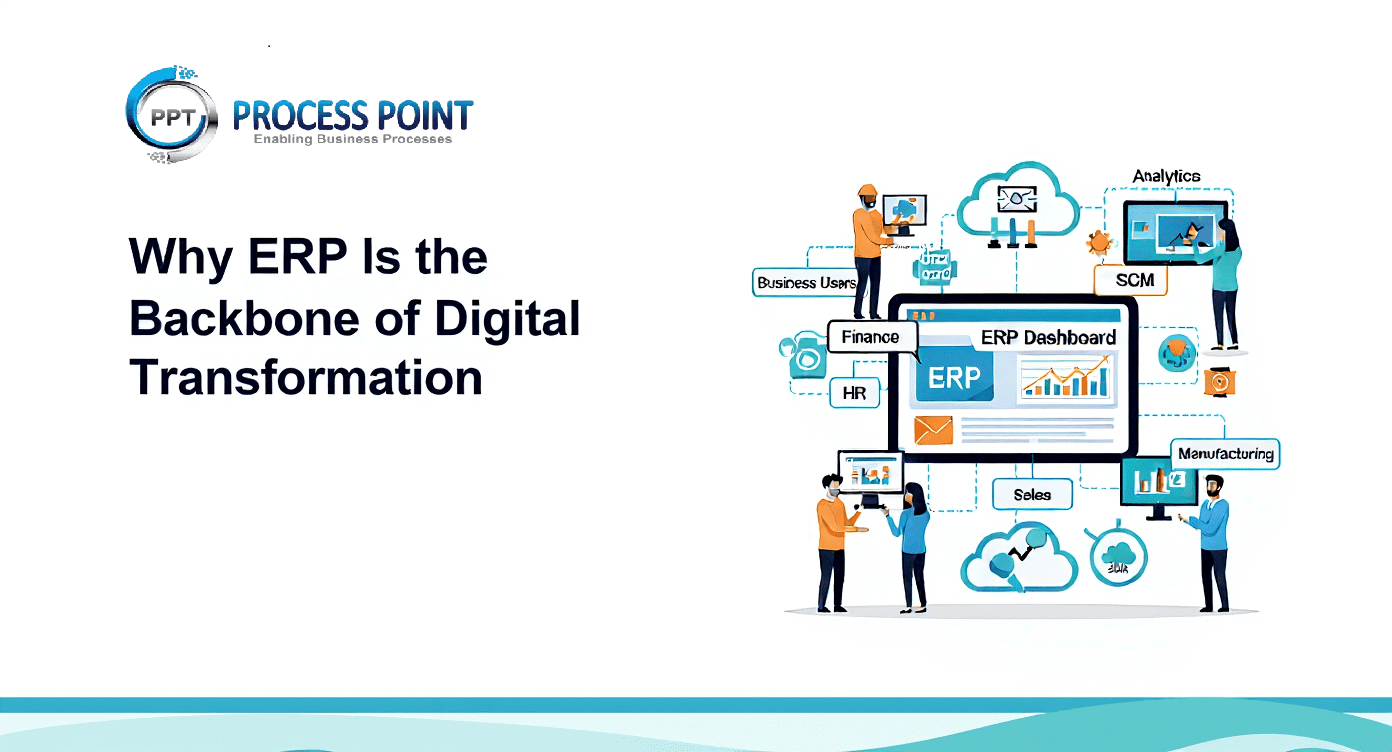
July 14, 2025
Why ERP Is the Backbone of Digital Transformation
ERP drives digital transformation by enabling real-time visibility, integration, and smart decisions—crucial for growth and competitive advantage.
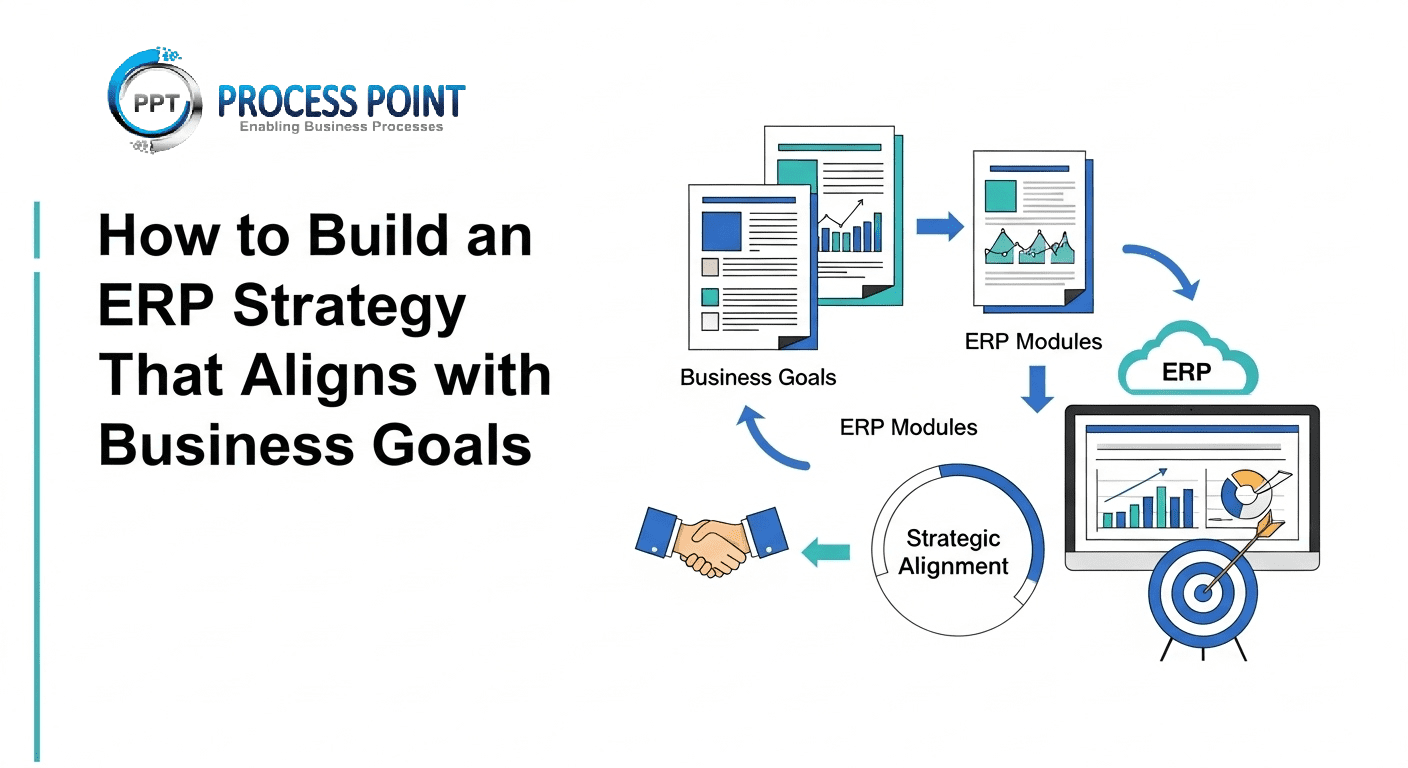
July 18, 2025
How to Build an ERP Strategy That Aligns with Business Goals
Learn how to build an ERP strategy that aligns technology with business goals, driving growth, innovation, and long-term success.
